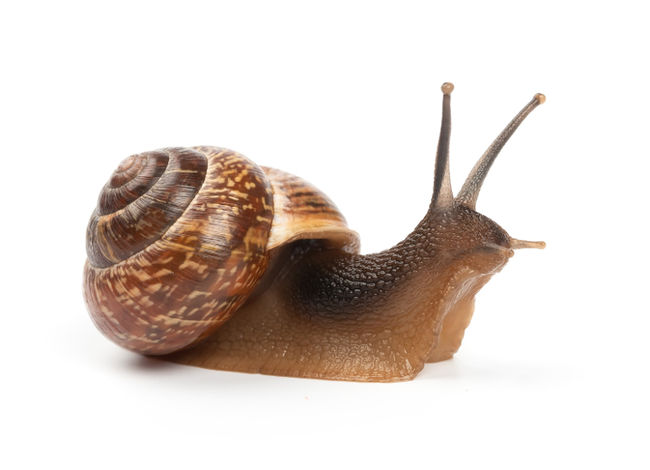
The first gastropods appeared 600 million years
ago. Among these mollusks are snails and
slugs, related animals which have a single shell
and an asymmetric body. There are thirty-five
thousand species, varying hugely in structure and
lifestyle. The smallest snails are barely visible,
while the largest, sea slugs, weigh up to thirty
pounds. They occur in marine, freshwater, and
land habitats.
The first gastropods were bilaterally symmetrical.
Later, many evolved into asymmetric
snails, with gills and anus above the head and
coiled shells. In land snails, the gill-holding cavity
became a lung. The snail head has eyes and
tentacles, enabling good sight and smell. The
mouth has a rasplike radula, used to harvest
food. Digestive, nervous, circulatory, and reproductive
systems are also well developed. Some
snails have sexes and lay eggs in water, where
they hatch, settle down, and mature. In many
snails, fertilization is internal and hermaphroditic,
and they can mate with any mature animal
of the same species.
Physical Characteristics of Snails
Most snails have hard outer shells and slimy
bodies. Slugs have no shells or internalized shells.
On their heads, snails and slugs have two pairs
of antennae. One pair holds the eyes. The other
antennae sense the environment. The bodies of
these gastropods grow from 0.1 inch to several
feet in length, depending on species. The shell of
a snail may be rounded, long and pointy, or flattened.
Shells are homes and protection. When
afraid, snails close them up via plates under their
bodies.
Snails and slugs eat algae, leaves, lichens, small
insects, and small marine organisms. As they also
eat decaying plant and animal matter, the gastropods
are ecologically important. Snails are also
important to food chains, serving as food sources
for fish and birds. A snail or slug eats with a
radula, a ribbonlike tongue having thousands of
tiny teeth. Radulas are drawn along rocks, leaves,
or plants to scrape off food. Carnivorous snails
have radulas that bore holes through shells of
other mollusks to eat their flesh. Snails move by
wavelike muscle contraction along the bottom of
their muscular feet. This motion is aided by cilia in
aquatic snails or slugs and by a slime track on
land.
Types of Snails
Abalone, marine snails of the family Haliotidae,
live on underwater rocks near shores of warm
ocean regions. Their flat, ovoid shells, often a foot
long, are nice souvenirs. Their thick feet are tasty.
The common garden snail, Helix aspersa, a land
snail, inhabits Great Britain and continental Europe.
It lives in moist, shady places, not restricted
to gardens, is nocturnal, and can be four inches
long.
Conches, marine snails of the order Mesogastropoda,
close their shells with their digging claws.
The largest conches (queen conches) inhabit warm
Atlantic regions. Their three-foot-long shells make
beautiful ornaments. Humans eat conch feet.
Great pond snails, order Bassommatophora,
occur in ponds in Europe, Asia, and Africa. Their
shells grow two inches long and one inch wide.
Air-breathers, with lungs, they frequently come to
pond surfaces for air.
Limpets, marine snails of the order Archaeogastropoda,
are found worldwide. Limpets have
arched, nonspiral shells and are found clinging to
rocks. They scrape out rock areas the size of their
shells, returning to their safety nightly. The New
England species is 1.5 inches long.
The Life Cycle of Snails
Most snails are hermaphrodites, having both male
and female sex organs. However, they usually
mate with another individual of the same species,
passing sperm to its partner and getting sperm
from the partner. Fertilized eggs hatch in two
weeks to two months. They are usually laid on
marine or land plants, depending on the species
involved.
The offspring pass through complex developmental
cycles before hatching. Often, they hatch
as miniature replicas of parents. In some cases
hatchling snails have weak shells and very fragile
bodies. Such snails become stronger and obtain
hard shells, as they grow. Snails of most types are
sexually mature at one to two years of age and live
for up to ten years.
Abundant snails and slugs are important to
food chains. They are herbivores, carnivores, and
omnivores. As they eat decaying flesh and plants,
these gastropods have another ecological function,
environmental cleanup. They are also important
human foods. Escargot, in French cuisine, are
cultivated land snails. Other edible snails are abalone,
periwinkles, and queen conches. A few of
these gastropods are harmful. For example, snails
and slugs damage crops and gardens. Others are
pests in oyster beds.
Snail Facts
Classification:
Kingdom: Animalia
Phylum: Mollusca
Class: Gastropoda
Orders: Include Archaeogastropoda (limpets),
Bassomatophora (land snails), Mesogastropoda
(conches)
Geographical location: Europe, Asia, Africa, the
Americas, and Australia
Habitat: Oceans; freshwater lakes, streams,
ponds; moist land environments
Gestational period: Eggs hatch in two weeks to
two months, yielding miniature versions of
parents
Life span:Two to ten years, depending on species
Special anatomy: Antennae, radula, muscular
foot for locomotion, univalve shells, eyes on
stalks in head, hermaphroditic reproductive
system
Other popular Animals
Photo Gallery of - Snail
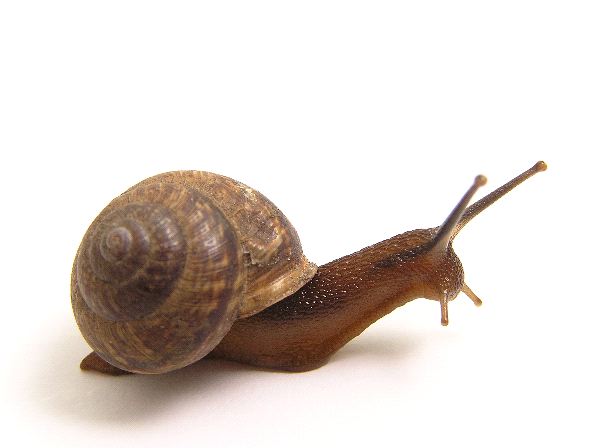
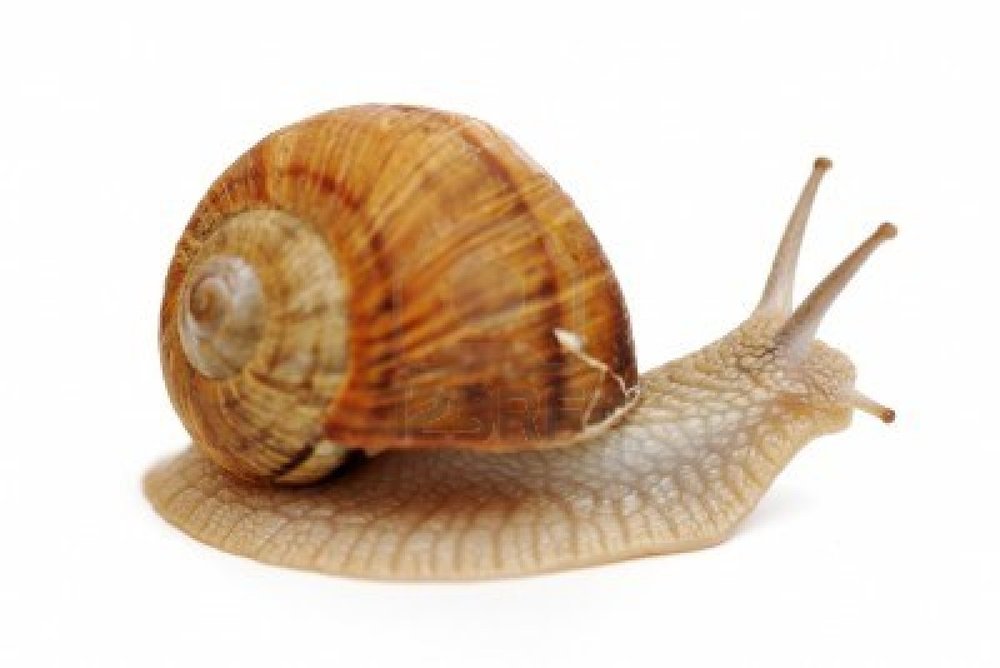
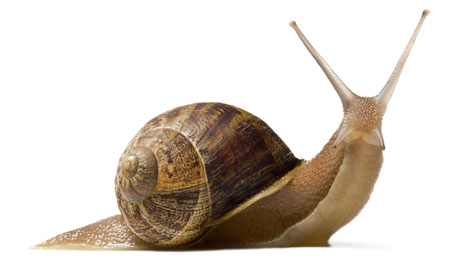
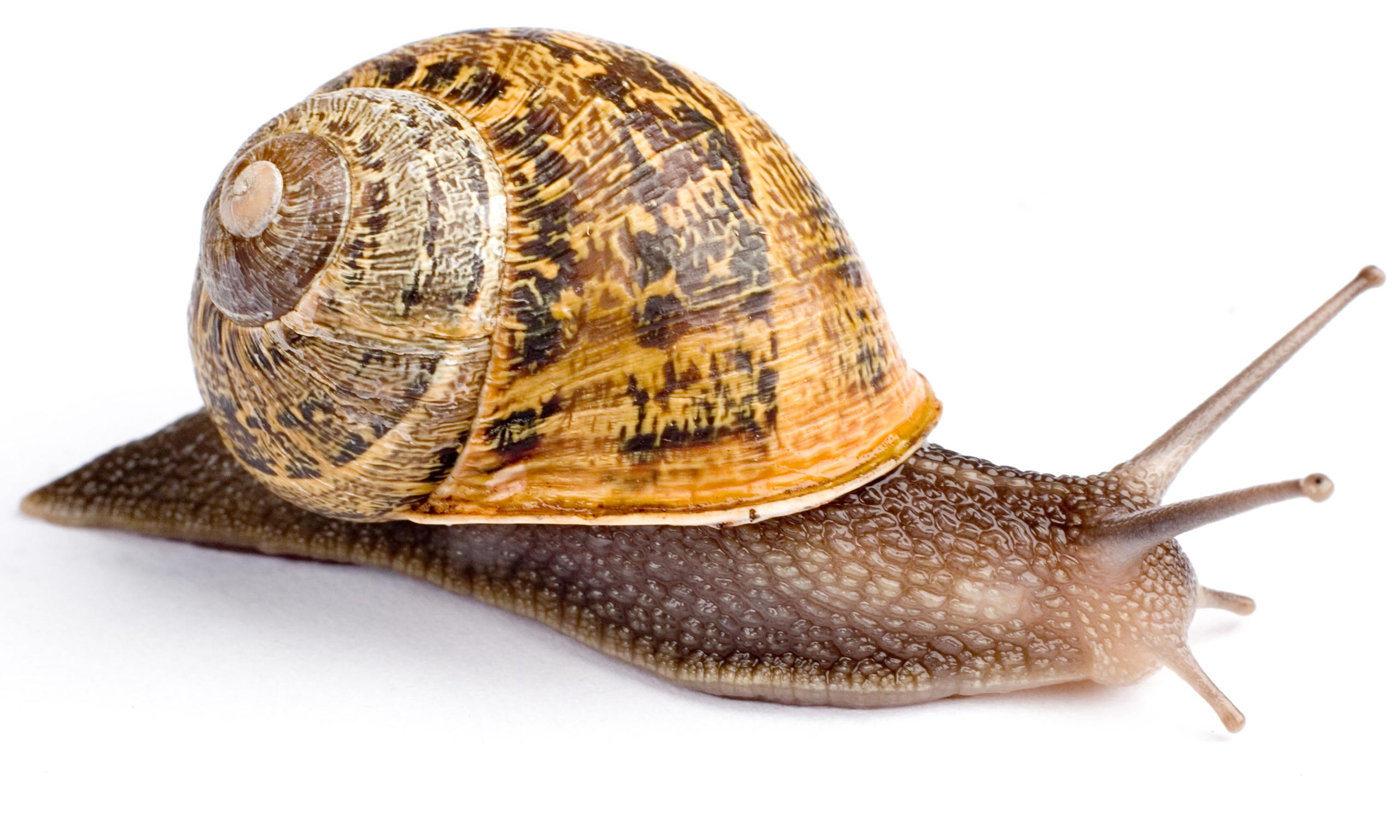
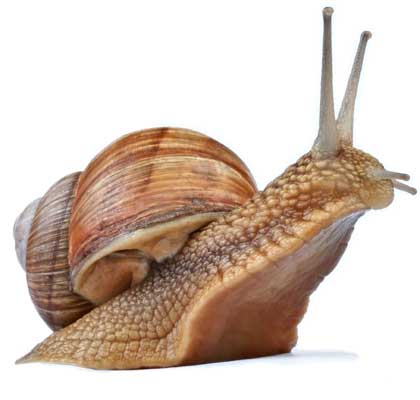
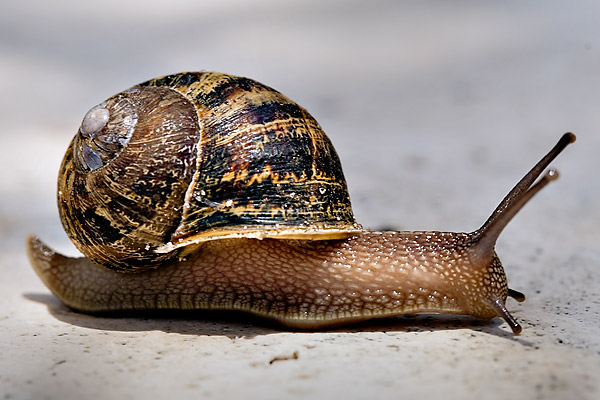
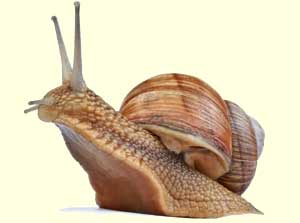
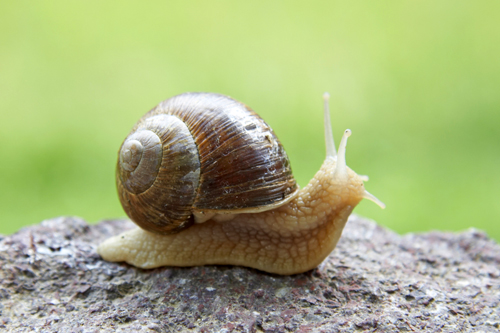
 Animalia Life
Animalia Life